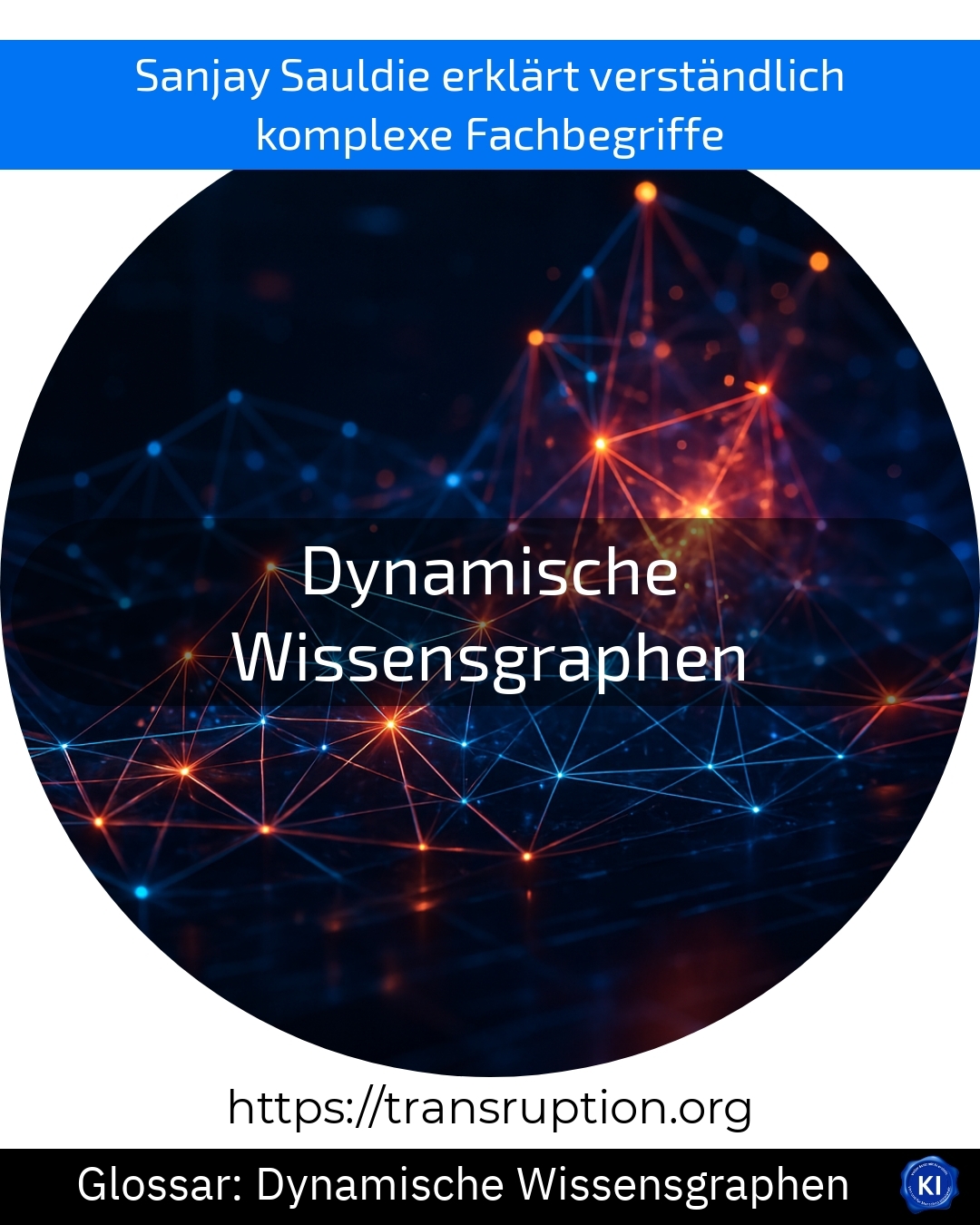Dynamic knowledge graphs are particularly at home in the fields of artificial intelligence, big data, smart data and digital transformation. They help companies to network large amounts of information intelligently and flexibly.
Imagine a knowledge graph as a huge digital network in which information is linked together by nodes and connections. A dynamic knowledge graph goes one step further: it is constantly evolving by automatically integrating new data and updating existing information. In this way, knowledge always remains up-to-date and relevant.
A practical example: In a large company, there are various departments such as sales, production and service. With the help of a dynamic knowledge graph, all collected data - such as customer experiences, delivery times or product information - can be centrally networked. If a customer reports a complaint, for example, the knowledge graph automatically recognises connections to previous problems, suggests solutions and informs the responsible teams.
Dynamic knowledge graphs enable faster, data-based decisions and make complex information easily accessible and usable for companies.















